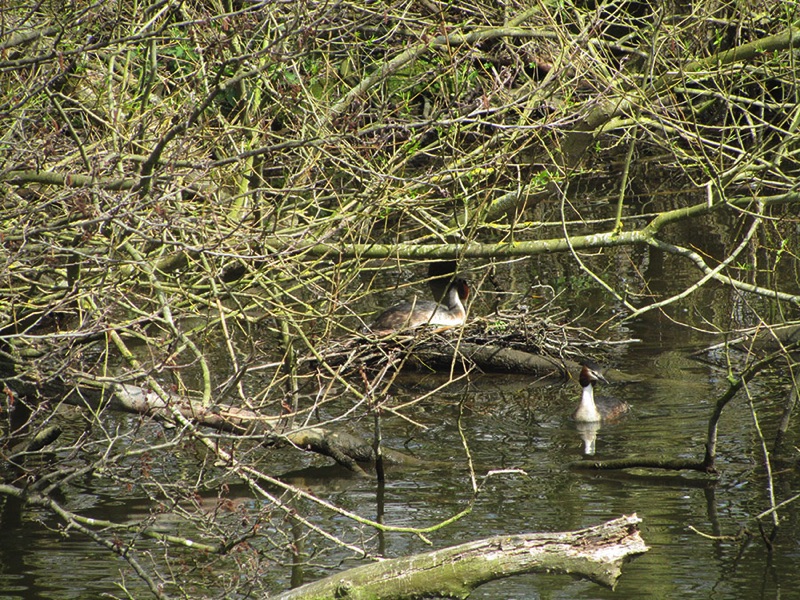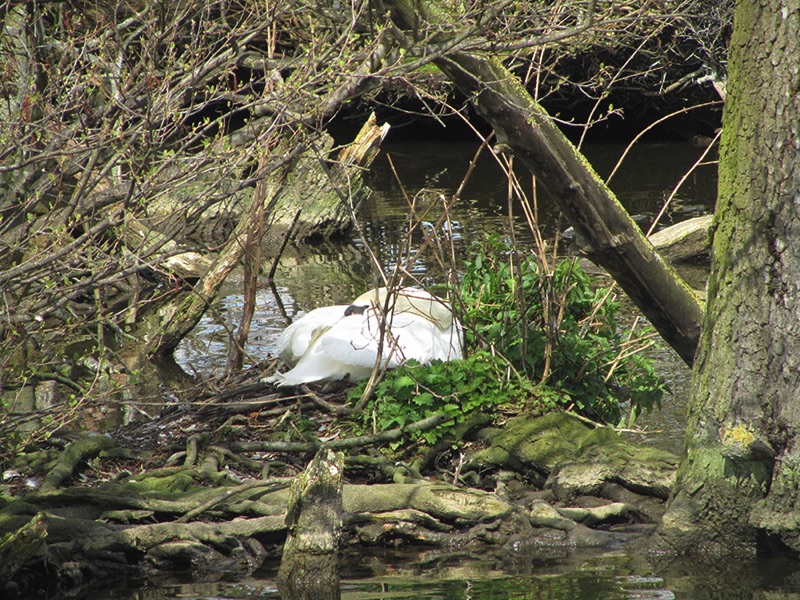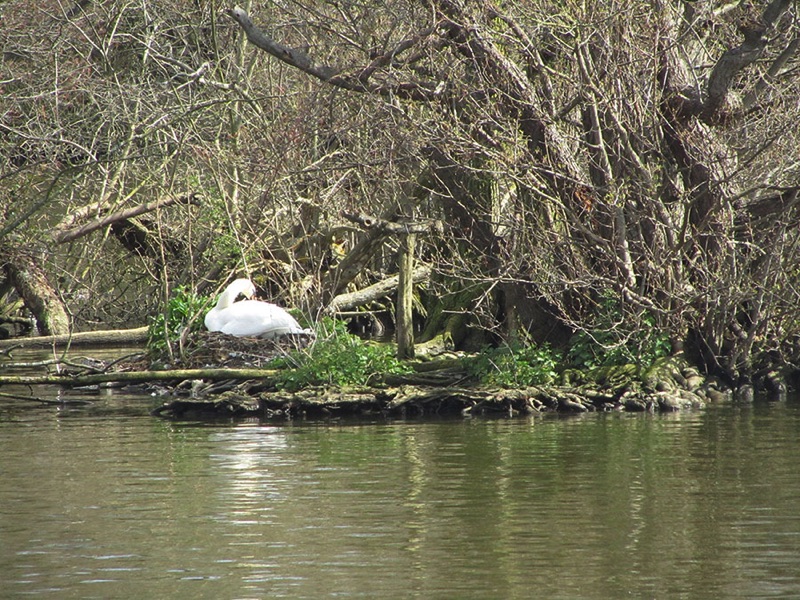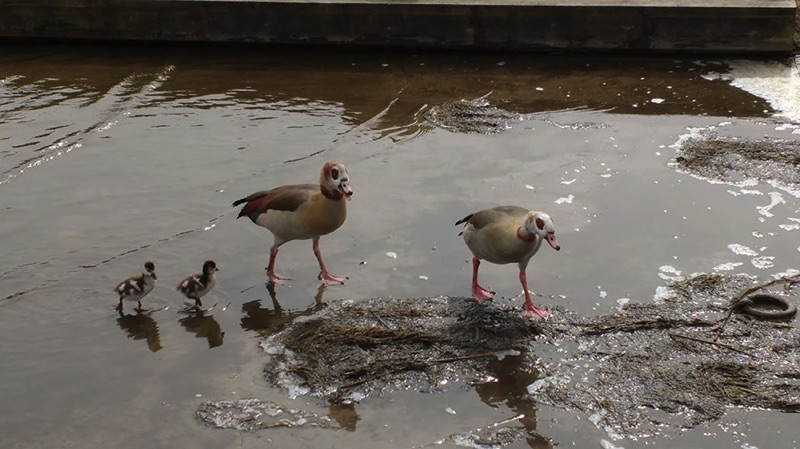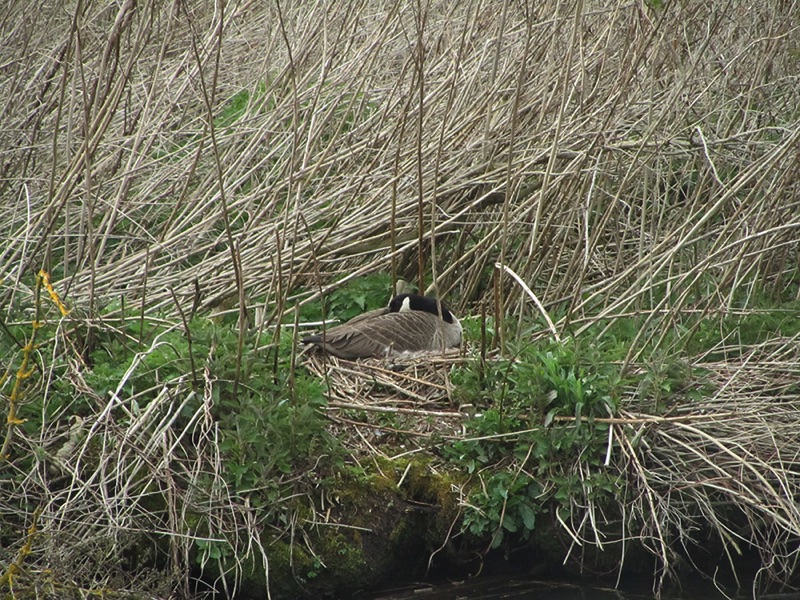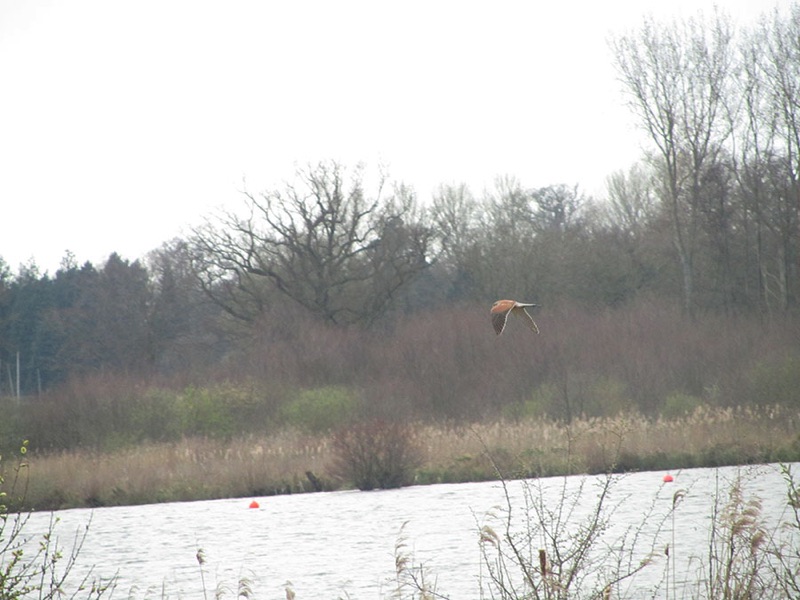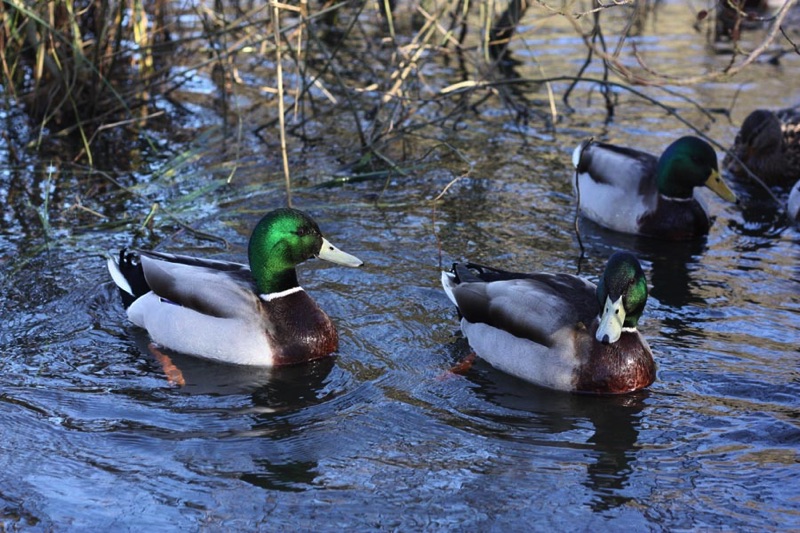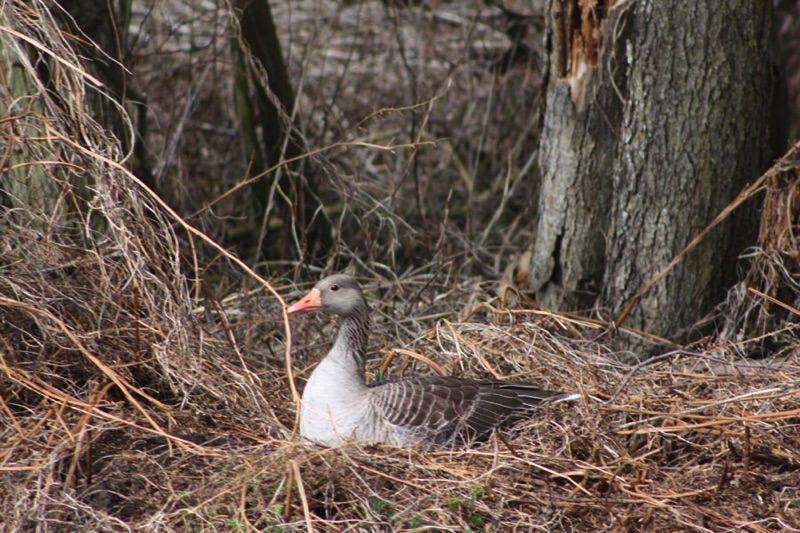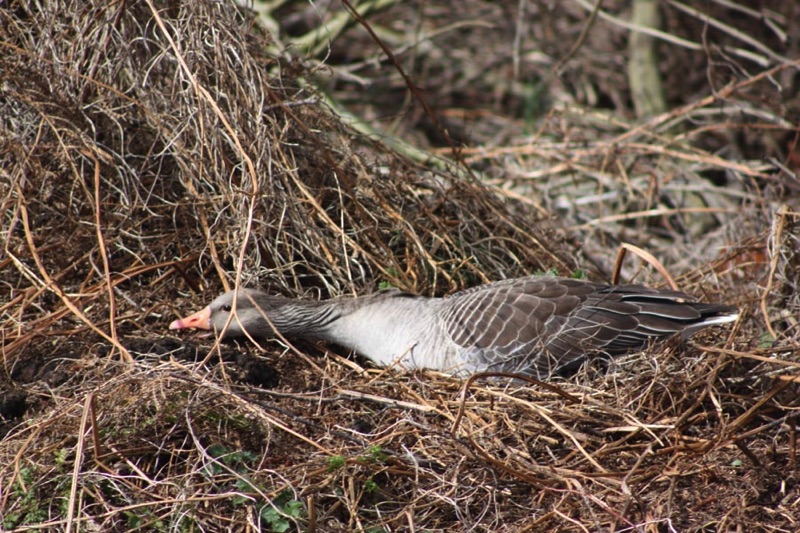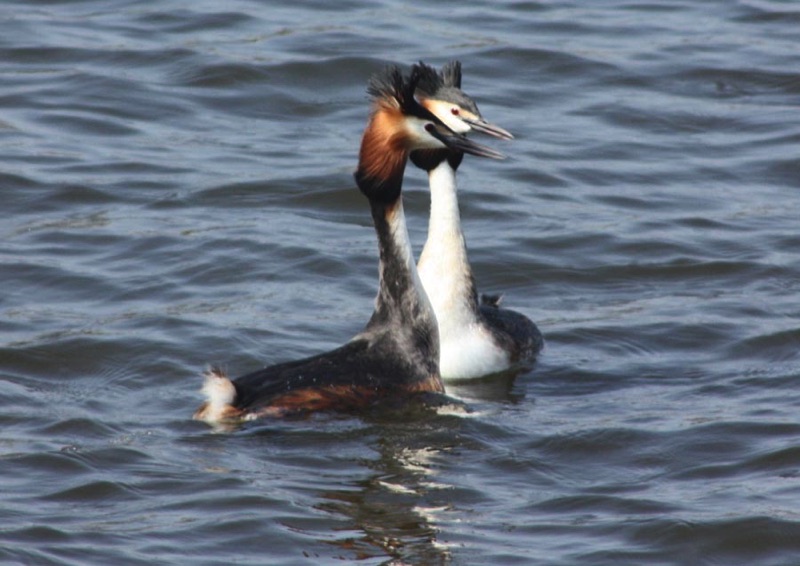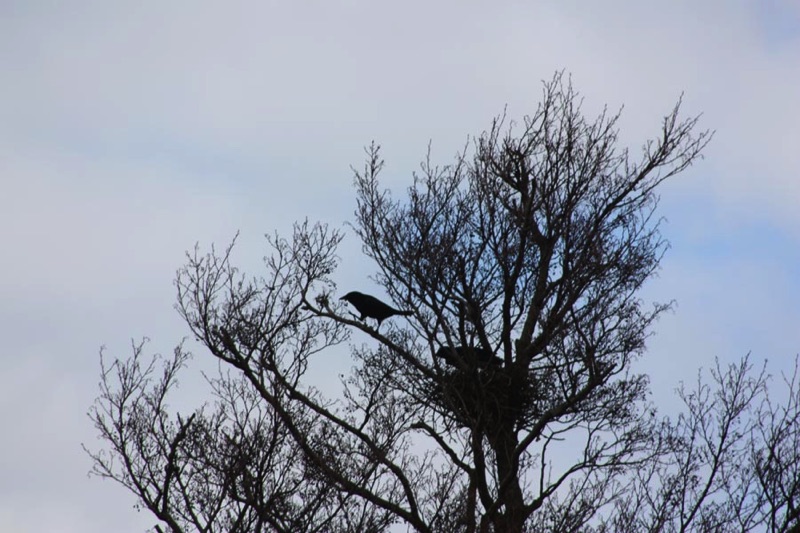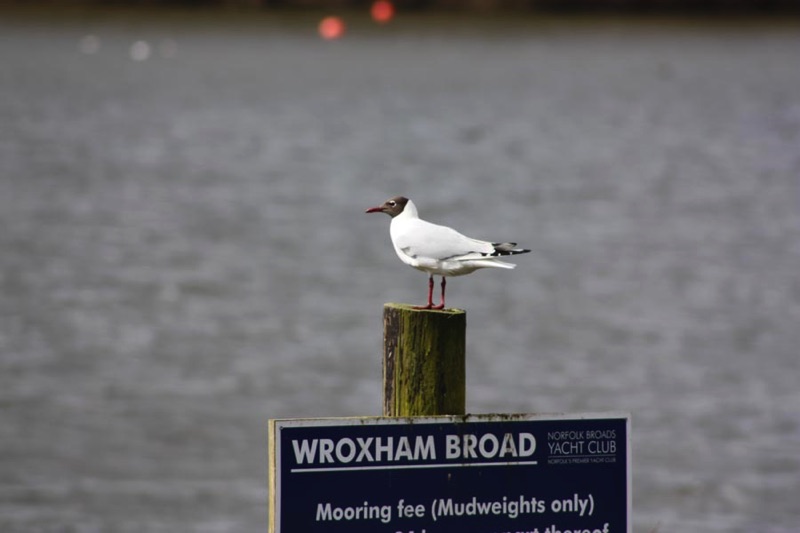The river seems to have exploded into life in the last few weeks with an abundance of young opening their eyes to the world for the first time to the delight of our passengers.
By far the most common – but no less popular– species are Greylag geese with their goslings which seem to be everywhere – both through Wroxham village and further along the river. Notably we have seen several families of Greylag geese out on the water together, with dozens of young all in one group. Greylag geese are very protective parents and this certainly seems to be paying dividends for the survival of their young.
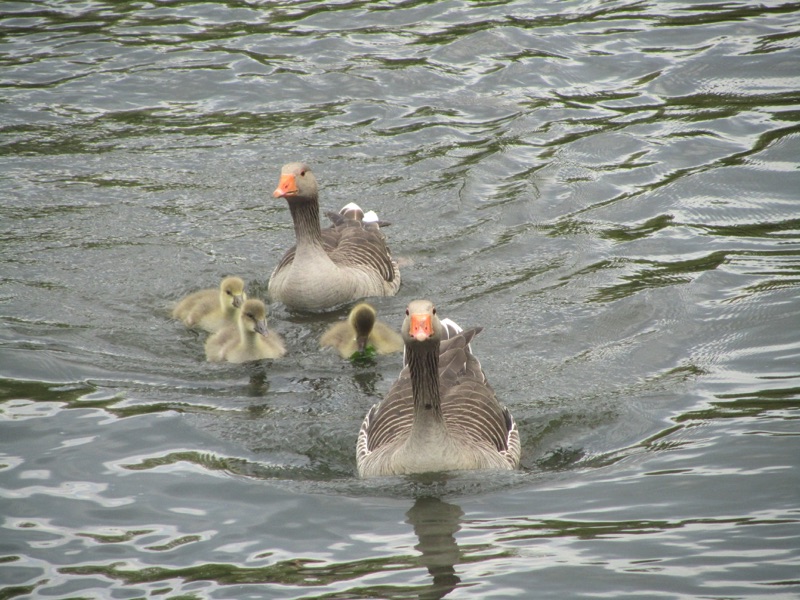
We are following two families of swans, both of which are exhibiting interesting protective territorial behaviour – swimming adjacent to invisible lines on the river and puffing themselves up to warn off others.
We have also spotted a family of seven tiny cygnets on the river in Wroxham riding on their mother’s back. This delighted a party of school children from Hethersett, who we were taking out on a school trip to discover the Norfolk Broads.
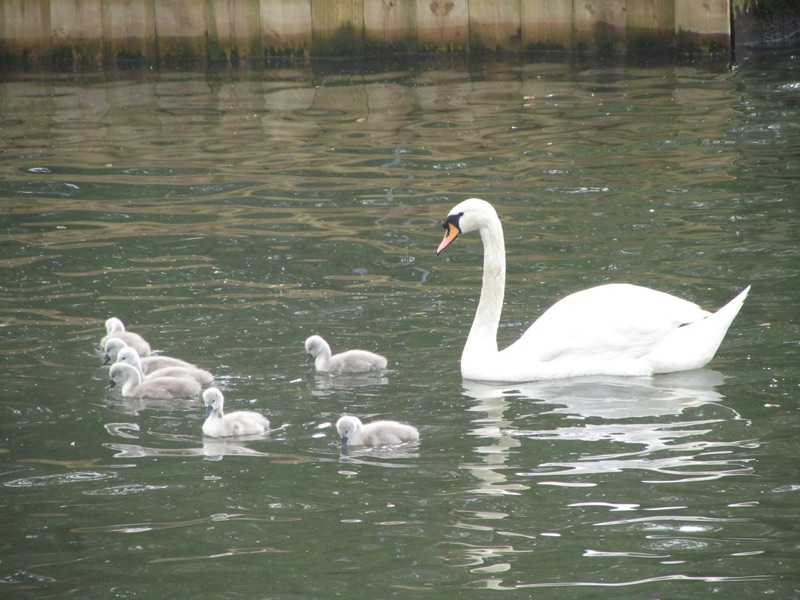
On Salhouse Broad the first pair of grebes has successfully hatched their young. These elegant diving birds are well known for carrying their babies on their backs – which makes one of the loveliest of sights at this time of year.
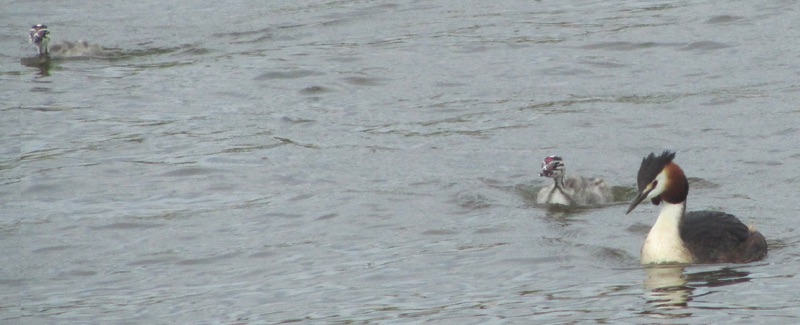
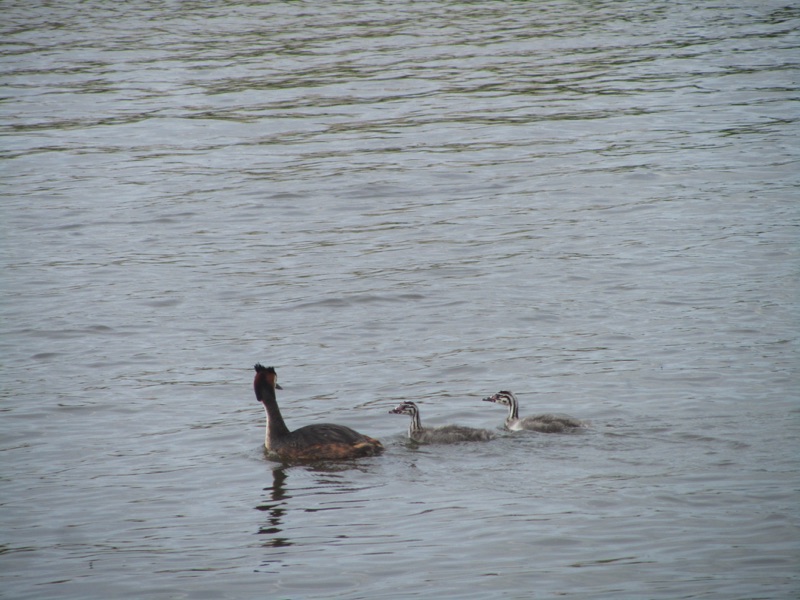
But the most incredible sighting lately – which has certainly divided opinion among staff at Broads Tours – is an otter hunting Greylag Geese in the Broads Tours boat basin.
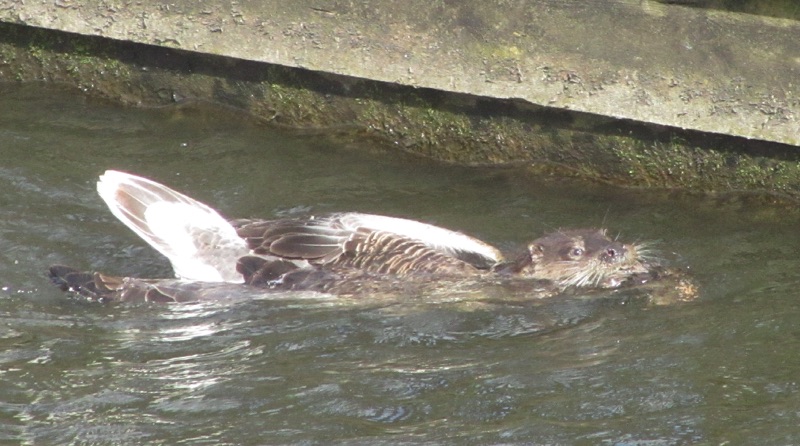
Last weekend I couldn’t believe my eyes when an otter hunted and killed a full sized Greylag goose before dragging it under bank pilings where its den and young are presumably located. I ran and grabbed my camera and took a video and pictures of the whole thing, which amazingly happened in broad daylight on a busy Saturday afternoon. This was the second week in a row, in which it had displayed this remarkable behaviour.
Firstly it surprised me that an otter, which are usually a shy species, would reveal its self in such a busy place and secondly that it would hunt such large prey. In the animal kingdom predators will usually select the easiest and weakest prey to reduce the risk of injury and avoid wasting unnecessary energy.
When there are so many smaller birds and their vulnerable young on the river, not to mention an abundance of fish, it seems very strange behaviour for an otter to attack a goose which is two thirds of its size.
As an ecologist I found watching this behaviour a remarkable experience, although many people at Broads Tours felt for the unfortunate goose. At any rate it shows just how much otters are expanding their territories, how brazen they can be and what powerful predators they are.
You can watch the Oliver’s video of the otter attacking the goose at the YouTube link below. Please be warned that the video is an accurate account of an otter hunting a goose so do not watch it if you might find it upsetting.

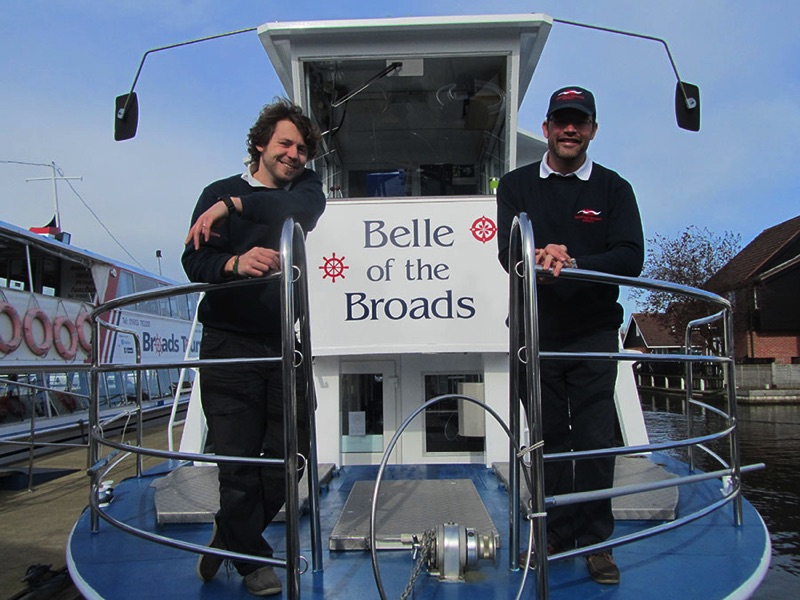 Tobi Radcliffe (left) and Oliver Franzen (right)
Tobi Radcliffe (left) and Oliver Franzen (right)